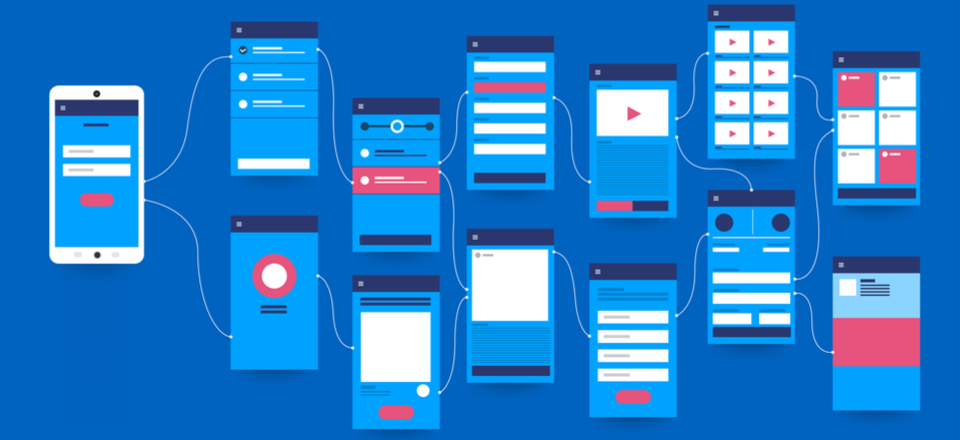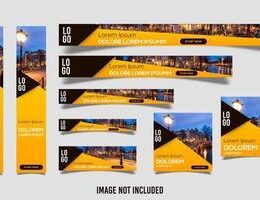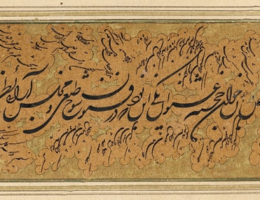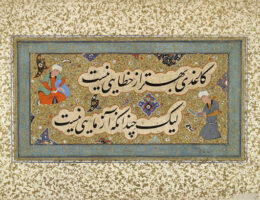IRAN ART EXHIBITION: WHAT IS INTERFACE DESIGN ART?
User interface (UI) design or user interface engineering is the design of user interfaces for machines and software, such as computers, home appliances, mobile devices, and other electronic devices, with the focus on maximizing usability and the user experience. In computer or software design, user interface (UI) design is the process of building interfaces that are aesthetically pleasing. Designers aim to build interfaces that are easy and pleasant to use. UI design refers to graphical user interfaces and other forms of interface design. The goal of user interface design is to make the user’s interaction as simple and efficient as possible, in terms of accomplishing user goals (user-centered design).
User interfaces are the points of interaction between users and designs. There are three types:
• Graphical user interfaces (GUIs) – Users interact with visual representations on a computer’s screen. The desktop is an example of a GUI.
• Interfaces controlled through voice – Users interact with these through their voices. Most smart assistants, such as Siri on smartphones or Alexa on Amazon devices, use voice control.
• Interactive interfaces utilizing gestures- Users interact with 3D design environments through their bodies, e.g., in virtual reality (VR) games.
Interface design is involved in a wide range of projects, from computer systems, to cars, to commercial planes; all of these projects involve much of the same basic human interactions yet also require some unique skills and knowledge. As a result, designers tend to specialize in certain types of projects and have skills centered on their expertise, whether it is software design, user research, web design, or industrial design.
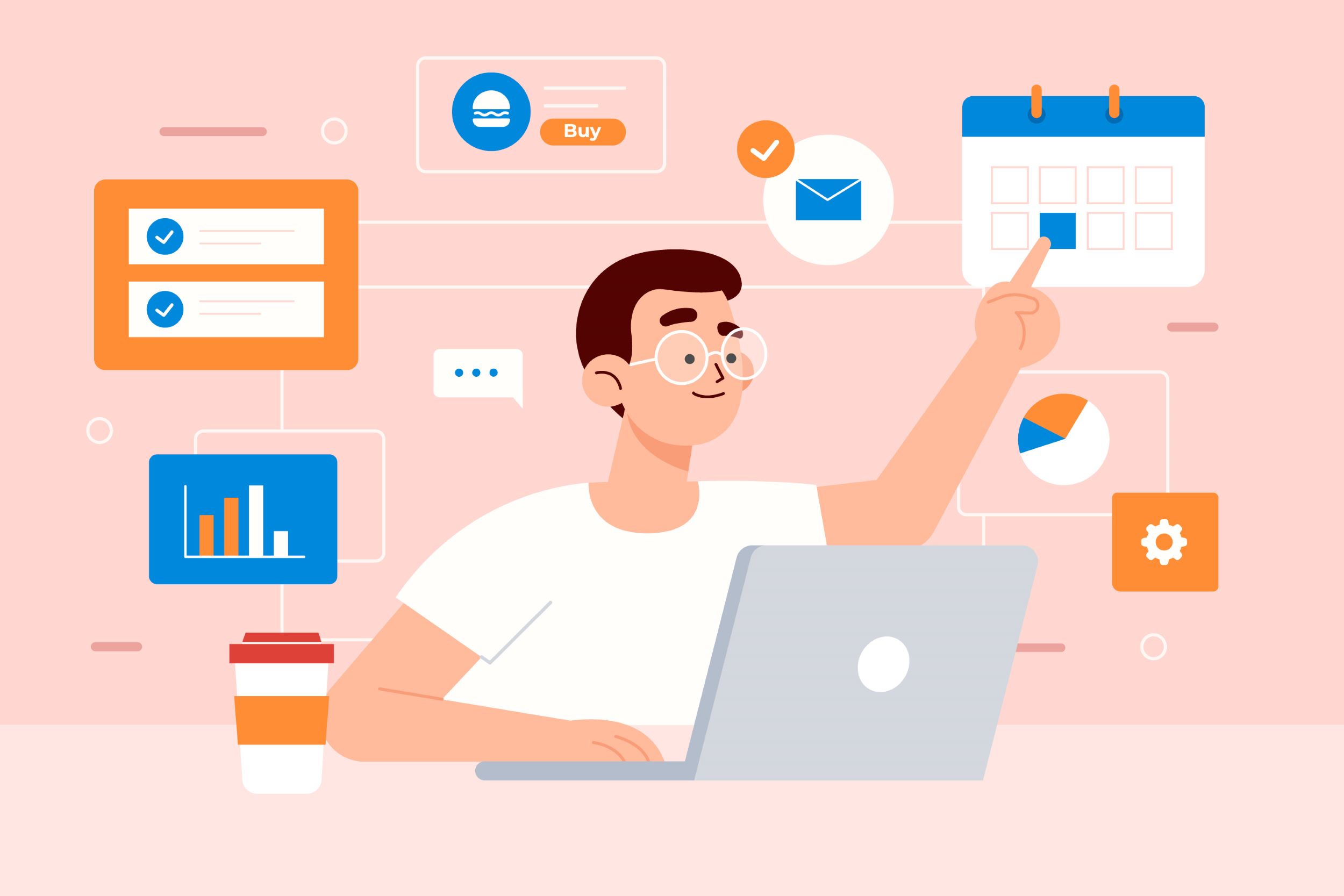
IRAN ART EXHIBITION: Good user interface design facilitates finishing the task at hand without drawing unnecessary attention to itself. Graphic design and typography are utilized to support its usability, influencing how the user performs certain interactions and improving the aesthetic appeal of the design; design aesthetics may enhance or detract from the ability of users to use the functions of the interface. The design process must balance technical functionality and visual elements (e.g., mental model) to create a system that is not only operational but also usable and adaptable to changing user needs.
